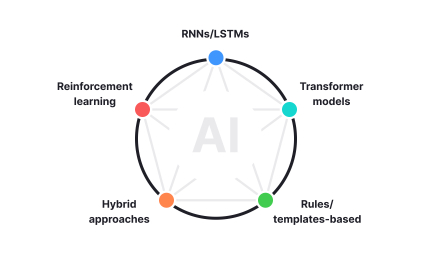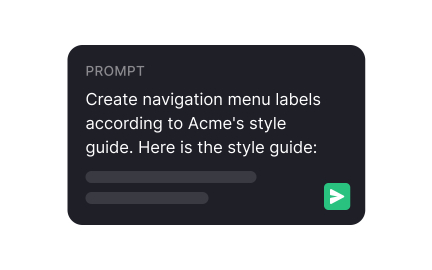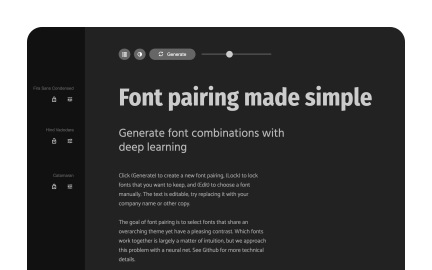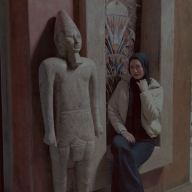Artificial Intelligence (AI)
Artificial Intelligence (AI) in UX enhances personalization, automation, and decision-making through data-driven systems and intelligent interfaces
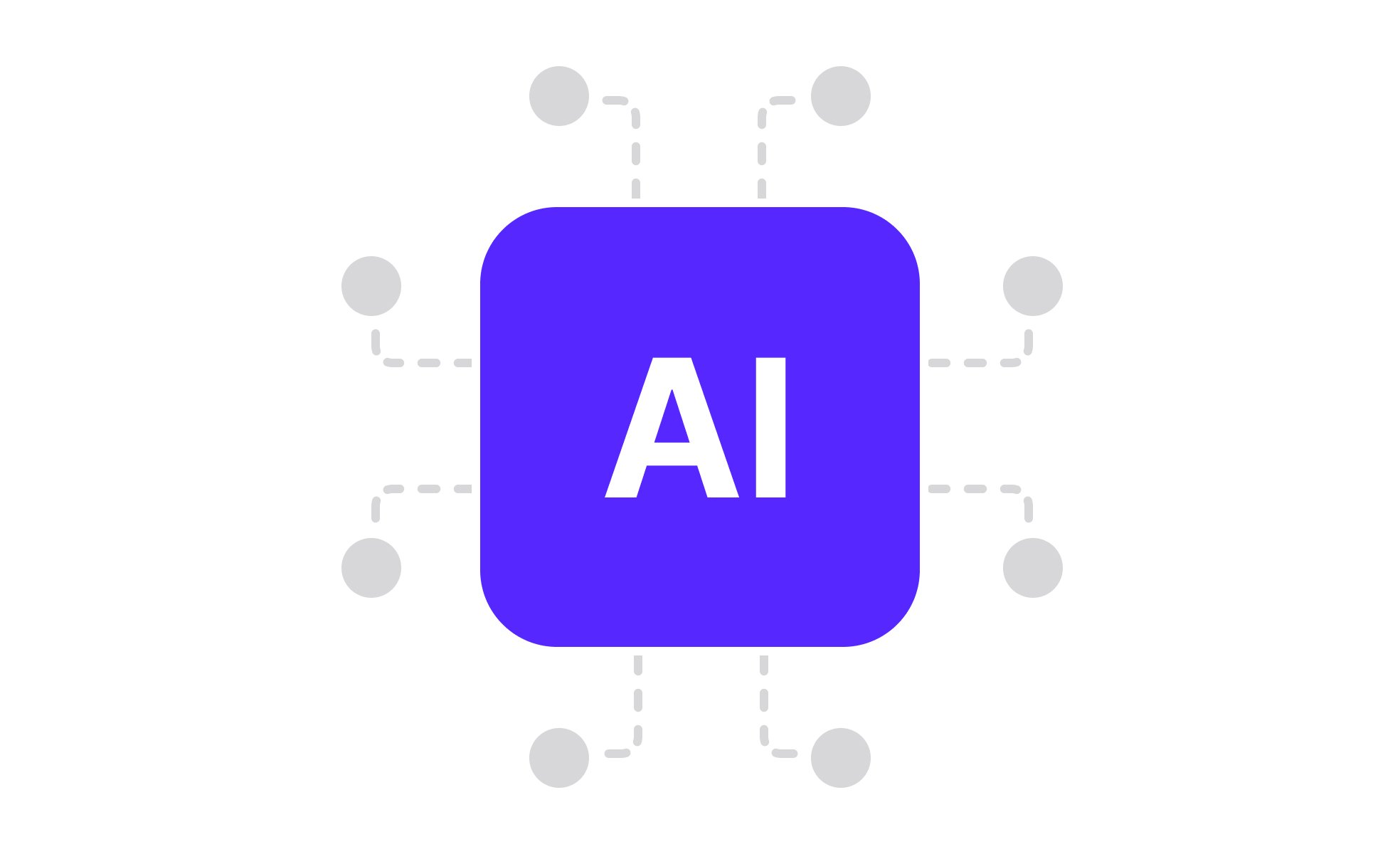
What is Artificial Intelligence?
Artificial Intelligence (AI) enables machines to perform tasks that typically require human intelligence - learning from data, recognizing patterns, understanding language, and making decisions. From ChatGPT writing emails to Tesla's autopilot navigating highways, AI transforms how we work, shop, and live by automating complex cognitive tasks.
AI encompasses machine learning (algorithms that improve with data), natural language processing (understanding human communication), computer vision (interpreting images and video), robotics, and expert systems that apply domain knowledge to solve specific problems.
AI Applications Across Business Functions
Organizations apply different AI approaches based on specific use cases, data availability, and business objectives rather than implementing generic solutions.
Product development and user experience
AI-powered features differentiate products while improving user satisfaction. Spotify's Discover Weekly analyzes 4 billion playlists weekly, creating personalized recommendations that drive 40% of total listening time and reduce churn significantly.
Customer service and support automation
Chatbots and virtual assistants handle routine inquiries while escalating complex issues to humans. Gmail's Smart Compose saves users 2 billion keystrokes weekly through predictive text that learns individual writing patterns.
Data analysis and business intelligence
AI finds patterns humans miss in large datasets, revealing optimization opportunities and market insights. Netflix's recommendation algorithms influence 80% of content watched, driving subscriber retention and reducing content discovery friction.
Process automation and operational efficiency
Robotic process automation handles repetitive tasks, freeing employees for strategic work. JPMorgan's COIN AI reviews legal documents in seconds instead of requiring 360,000 human hours annually.
AI Platform and Tool Selection
No-code AI solutions:
- Google AutoML: Custom machine learning models without programming
- Obviously AI: Predictive analytics through simple interfaces
- MonkeyLearn: Text analysis and sentiment monitoring
Development frameworks:
- TensorFlow: Google's open-source machine learning library
- PyTorch: Facebook's flexible neural network platform
- Azure Machine Learning: Microsoft's cloud-based AI development environment
Pre-built API services:
- OpenAI GPT: Advanced text generation and analysis
- AWS Rekognition: Image and video analysis capabilities
- Google Cloud Vision: Object detection and optical character recognition
Artificial Intelligence (AI) is like teaching a computer to think and learn like a human. It allows machines to solve problems, make decisions, and understand complex information. AI can do simple things like recognizing voices, or more complicated tasks like solving problems. It's used in many areas, including design. For example, AI can help automate routine design tasks, generate content, or help understand user behavior better.
Artificial Intelligence is increasingly used in design to automate routine tasks, generate content, and provide insights about user behavior. For example, AI can help designers automate the creation of visual elements, identify trends in user data, or even generate design suggestions based on specified parameters.
AI can perform certain tasks faster and more accurately than humans, but it doesn't replace the creativity, critical thinking, and emotional understanding that a human designer brings to a project. AI is a tool that can support and enhance the work of a designer, not replace it.
There are many tools and platforms that incorporate AI which can be used in the design process. These include AI-powered design software, user analytics tools, and content generation tools. It's important to stay updated on these technologies and consider how they can enhance your work. Remember, AI should serve as a tool to enhance your creativity and efficiency, not as a replacement for your unique design perspective.
Explore how to streamline your design workflow to a new level by taking the 15 Examples of Enhancing a UX Designer's Workflow with ChatGPT lesson.
Recommended resources
Courses

Enhancing UX Workflow with AI

AI Fundamentals for UX

AI Prompts Foundations
Lessons

AI’s Role in Text Generation and Modification

Best Practices and Potential Pitfalls of AI Writing Tools

AI Limitations in User Research
Exercises
Tutorials

Using ChatGPT as an assistant to support the design of complex UXUI products

How to Make the Most Out of ChatGPT for UX Writing: Part 1

15 Examples of Enhancing a UX Designer's Workflow with ChatGPT
Projects

Hulu Through My Eyes - A Cinematic UI Exploration (unofficial)

MamaFlow





